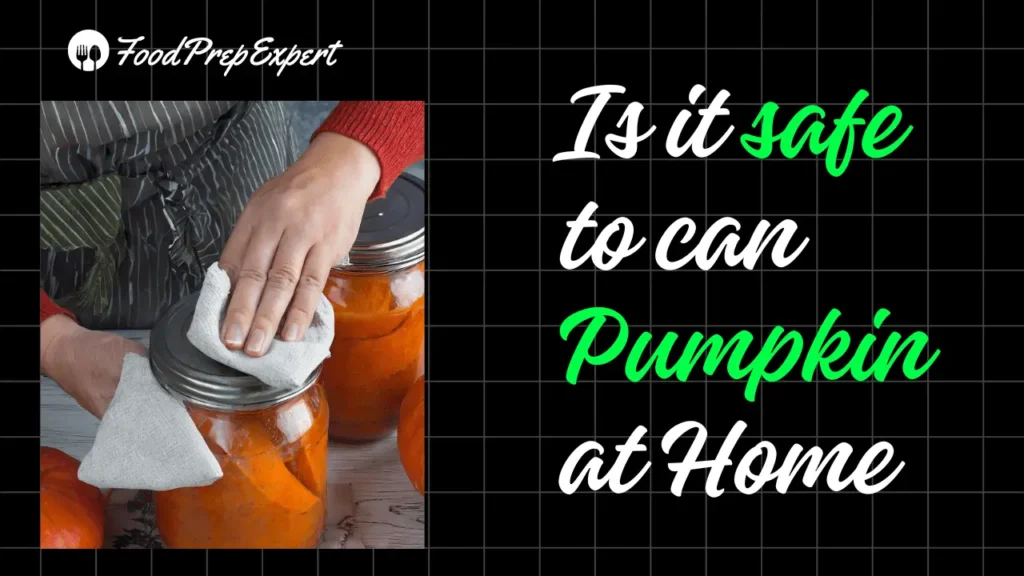Easy guide for pickling Yellow onions
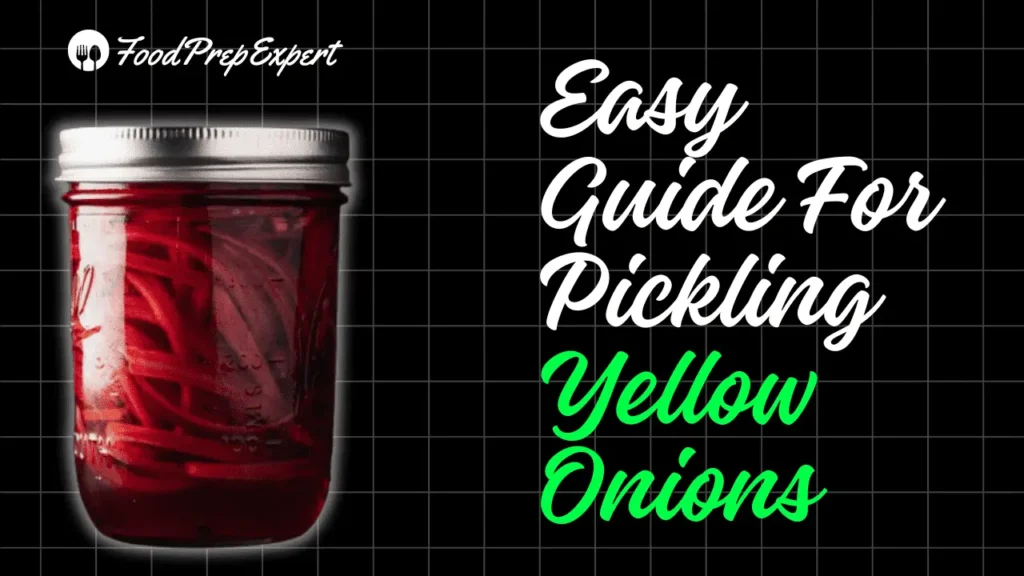
- Easy guide for pickling Yellow onions
- How do I choose the best yellow onions for pickling?
- What are the essential ingredients and equipment for pickling yellow onions?
- Step by step guide on how to pickle yellow onions?
- Is it necessary to refrigerate pickled yellow onions, and for how long do they stay fresh?
- Can I adjust the level of sweetness or acidity in the pickling solution for yellow onions?
- What is the recommended soaking time for yellow onions in the pickling solution?
- Are there specific types of containers ideal for pickling yellow onions?
- Can I add extra spices or herbs to enhance the flavor of pickled yellow onions?
- What safety precautions should I follow when handling the pickling solution for yellow onions?
- How can I incorporate pickled yellow onions into various dishes?
How do I choose the best yellow onions for pickling?
When choosing yellow onions for pickling, Opt for firm, fresh yellow onions with tight, papery skins and minimal blemishes. It will be advisable to choose onions that are uniform in size to ensure even pickling and consistent texture.
Consider selecting smaller onions or those labeled as pickling onions for a bite-sized appeal. Their compact size will allow for quicker and more uniform pickling. However, if a preference for larger slices exists, medium-sized yellow onions can be chosen, and slicing can be adjusted accordingly.
What are the essential ingredients and equipment for pickling yellow onions?
Yellow Onions
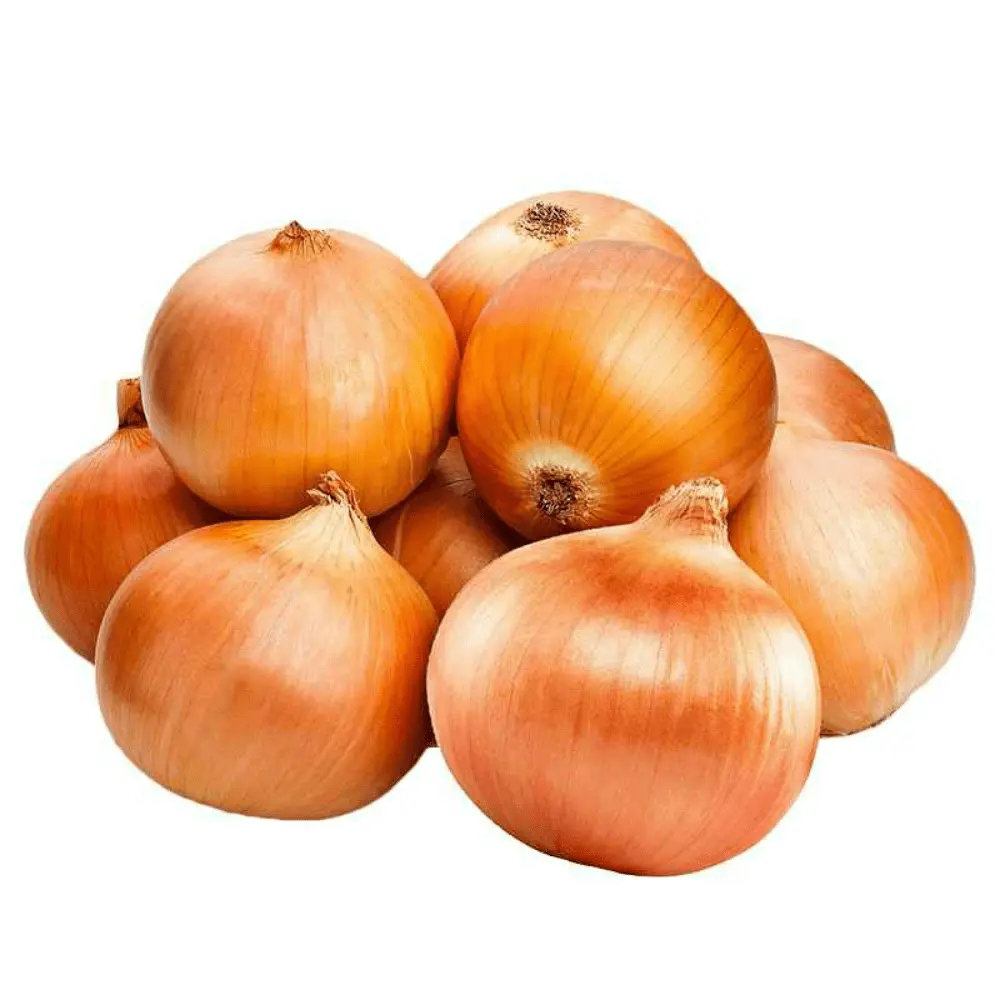
Vinegar
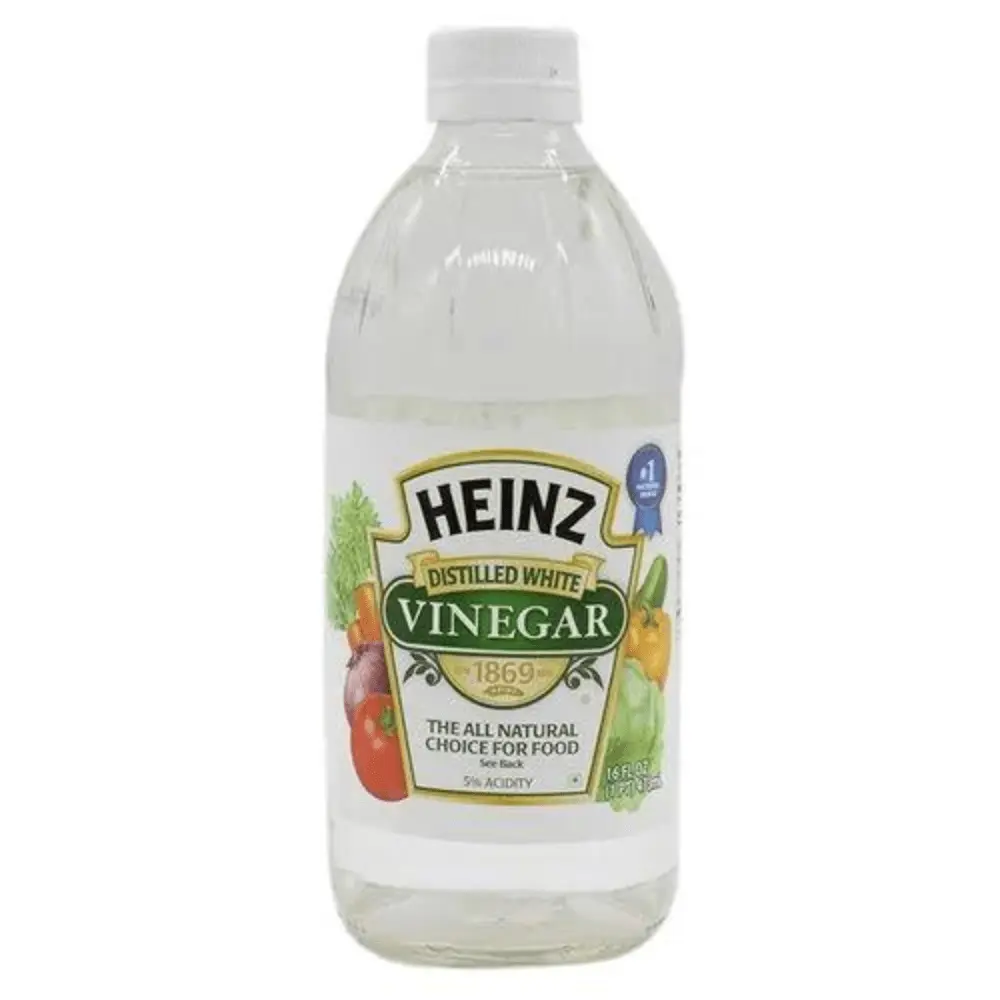
Water

Sugar
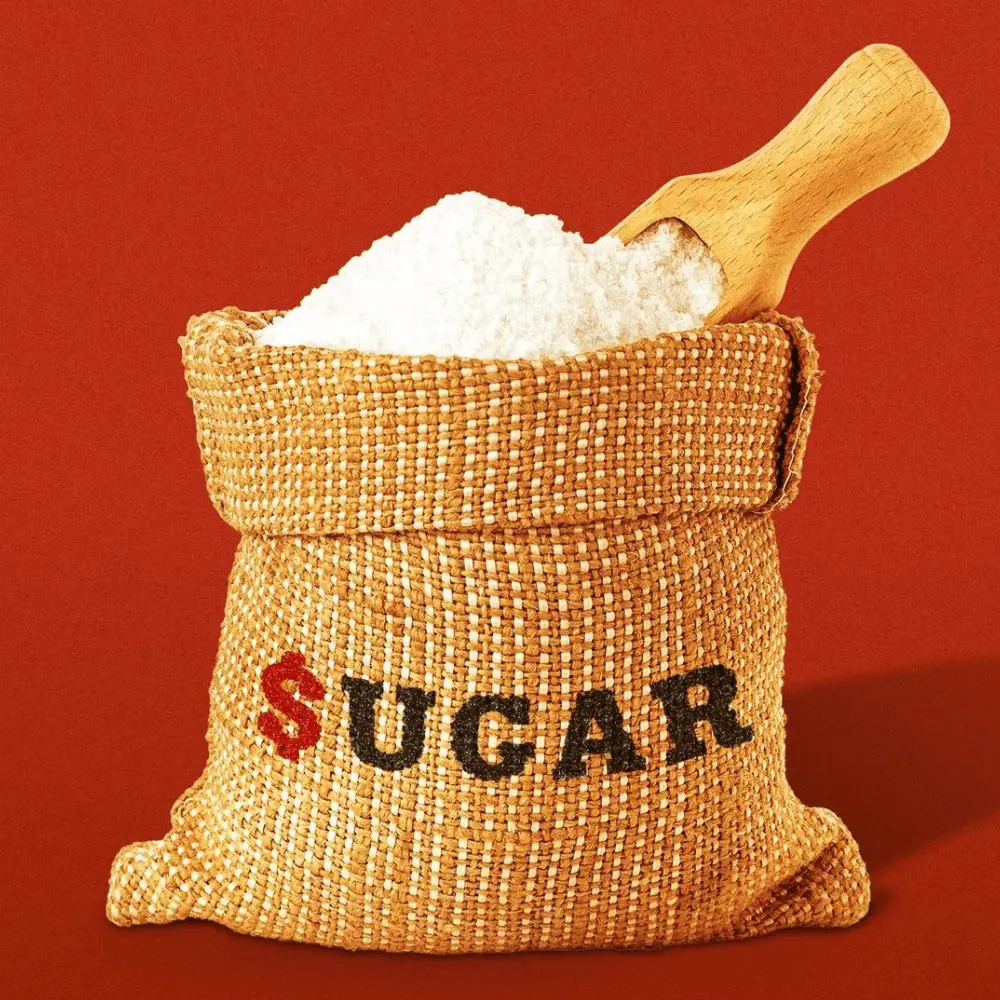
Salt
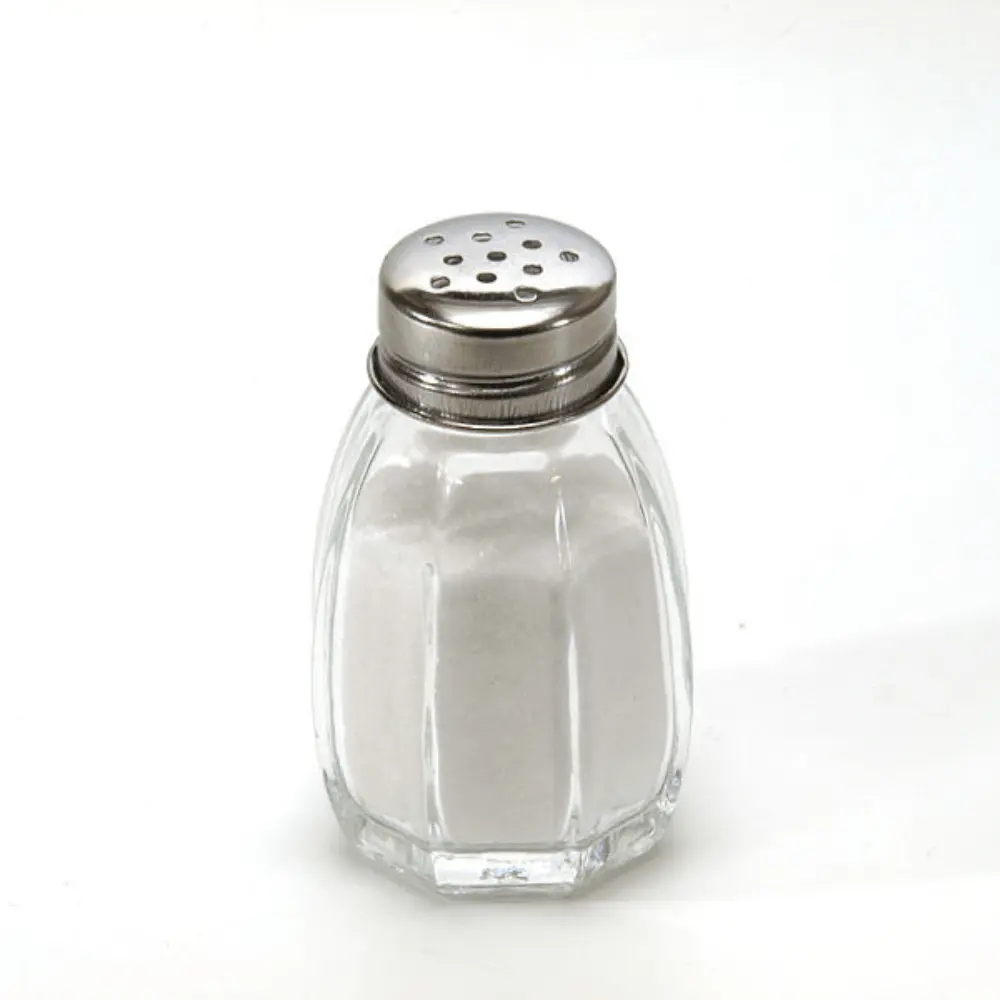
Step by step guide on how to pickle yellow onions?
✅ Prepare the Onions – Start peeling the yellow onions into thin pieces. You can choose to cut them into rings or half moons, depending on your preference.
✅ Make the Pickling Solution – In a saucepan, combine equal parts white vinegar and water. The ratio can be adjusted based on your taste preferences. For a standard pickling solution, a 1:1 ratio works well. Add sugar and salt to the saucepan. Begin with 1-2 tablespoons of sugar and 1 teaspoon of salt per cup of liquid. Stir the mixture over medium heat until the sugar and salt completely dissolve.
✅ Add Pickling Spices (Totally Optional) – For additional flavor, consider adding pickling spices like coriander seeds, mustard seeds, or peppercorns to the pickling solution. Start with a small amount (1-2 teaspoons) and adjust based on your taste preferences. Allow the spices to simmer in the solution for a few minutes to infuse their flavors.
✅ Bring it to a Boil – Once the pickling solution is well-mixed, bring it to a gentle boil over medium heat. This step helps to meld the flavors and create a uniform pickling liquid.
✅ Add the Onions – Add the sliced yellow onions to the boiling pickling solution. Let them simmer for 1-2 minutes until they start to soften. This brief cooking helps enhance the flavor and texture of the onions.
✅ Cool the Pickling Solution – Remove the saucepan from heat and allow the pickling solution and onions to cool to room temperature. This step ensures that the onions retain a desirable crunchiness.
✅ Transfer to Containers – Once cooled, transfer the pickled onions along with the pickling liquid into a clean, non-reactive container. Ensure that the onions are fully submerged in the liquid to preserve their freshness. A glass, ceramic, or food-grade plastic container with a tight-fitting lid is ideal for this purpose.
✅ Refrigerate – Seal the container and refrigerate the pickled onions. Refrigeration is crucial to slow down bacterial growth and maintain the quality of the pickles. Allow the onions to marinate for at least a few hours or, preferably, overnight to enhance their flavor.
✅ Now it’s ready to be enjoyed.
Is it necessary to refrigerate pickled yellow onions, and for how long do they stay fresh?
Yes, to be frank, it is very much necessary to refrigerate pickled yellow onions. To keep Pickled onions fresh and safe to eat you have to refrigerate them.
Once pickled, store the onions in a sealed container in the refrigerator. This helps preserve their crunchiness and flavor. Generally, they can stay fresh in the refrigerator for several weeks to a few months, depending on the specific recipe and storage conditions.
To ensure the longevity of your pickled onions, always use clean utensils when handling them to prevent contamination.
If you notice any off smells, colors, or changes in texture, it’s a sign they may have spoiled, and it’s best to discard them.
Can I adjust the level of sweetness or acidity in the pickling solution for yellow onions?
Absolutely, You can easily adjust the sweetness or acidity in the pickling solution for yellow onions to suit your taste preferences.
When preparing the liquid to pickle, start by adding a smaller amount of sugar and vinegar, then taste and adjust according to your liking.
To make it sweeter, increase the amount of sugar in small increments until you achieve the desired sweetness. Conversely, if you prefer a tangier taste, gradually add more vinegar. Remember to stir well and taste the solution each time you make an adjustment.
Always Keep in mind that the onions will absorb the flavors over time, so it’s a good idea to let them sit in the pickling solution for a while before making final adjustments. Don’t be afraid to experiment until you find the perfect balance that satisfies your palate.
If you are done with Pickling Yellow Onions, You can also try this famous viral Chamoy pickle – How to make a Chamoy Pickle at home?
What is the recommended soaking time for yellow onions in the pickling solution?
The recommended soaking time for yellow onions depends on personal preference and the desired texture of the onions. Generally, onions can start absorbing the flavors of the pickling solution within a few hours, but for ideal flavor and texture, it’s best to let them soak for at least 1 to 2 days in the refrigerator.
During this time, the onions soften slightly and absorb the tangy and sweet flavors of the pickling liquid. Longer soaking times can intensify the flavor and allow the onions to fully marinate.
However, if you prefer crunchier onions with a milder flavor, a shorter soaking time of a few hours may be sufficient.
Are there specific types of containers ideal for pickling yellow onions?
The ideal containers are those made of non-reactive materials like glass, ceramic, or food-grade plastic. These materials won’t react with the acidic pickling solution. Choose containers with tight-fitting lids to keep the pickling solution sealed and prevent contaminants from entering.
Choose a container size that accommodates the amount of onions you’re pickling, ensuring they are fully submerged in the pickling liquid to absorb the flavors evenly.
Can I add extra spices or herbs to enhance the flavor of pickled yellow onions?
Adding extra spices or herbs to your pickled yellow onions is the best way to enhance their flavor. Common spice choices include garlic cloves, coriander seeds, mustard seeds, and peppercorns.
Experiment with small quantities at first, tasting as you go, to find the perfect combination that suits your preferences. Fresh herbs like dill or thyme can also add a refreshing element to the pickled onions.
Remember that flavors intensify over time, so allow the pickled onions to sit in the refrigerator for a while before making final adjustments. This allows the spices and herbs to infuse their essence into the onions, creating a well-balanced and flavorful result.
What safety precautions should I follow when handling the pickling solution for yellow onions?
- 🦺First and foremost, use clean and sanitized utensils, containers, and surfaces to prevent contamination.
- 🦺Washing your hands thoroughly before handling the ingredients further reduces the risk of introducing harmful bacteria.
- 🦺Be cautious when heating the pickling solution, especially if it involves boiling. Use heat-resistant utensils and be mindful of steam to avoid burns.
- 🦺Adequate ventilation in the kitchen is also beneficial when working with vinegar.
- 🦺If the recipe requires handling hot jars or containers, use protective tools like oven mitts to prevent burns.
- 🦺Allow the pickling solution to cool before transferring it to containers to avoid splattering or accidental burns.
- 🦺When storing pickled onions, ensure that containers have tight-fitting lids and are properly sealed. Refrigerate promptly and follow recommended storage times to maintain freshness and safety.
How can I incorporate pickled yellow onions into various dishes?
Pizza
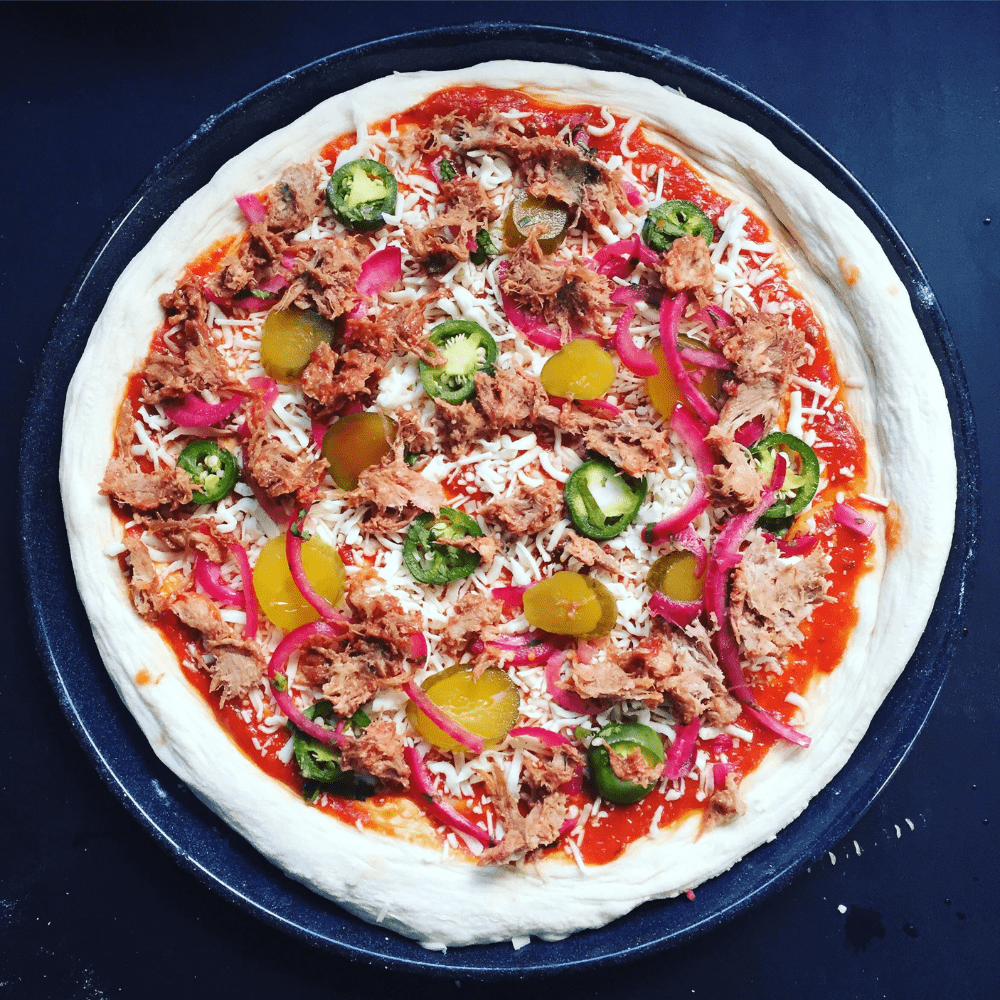
Use pickled onions as a pizza topping for a unique flavor profile.
Soups and Stews
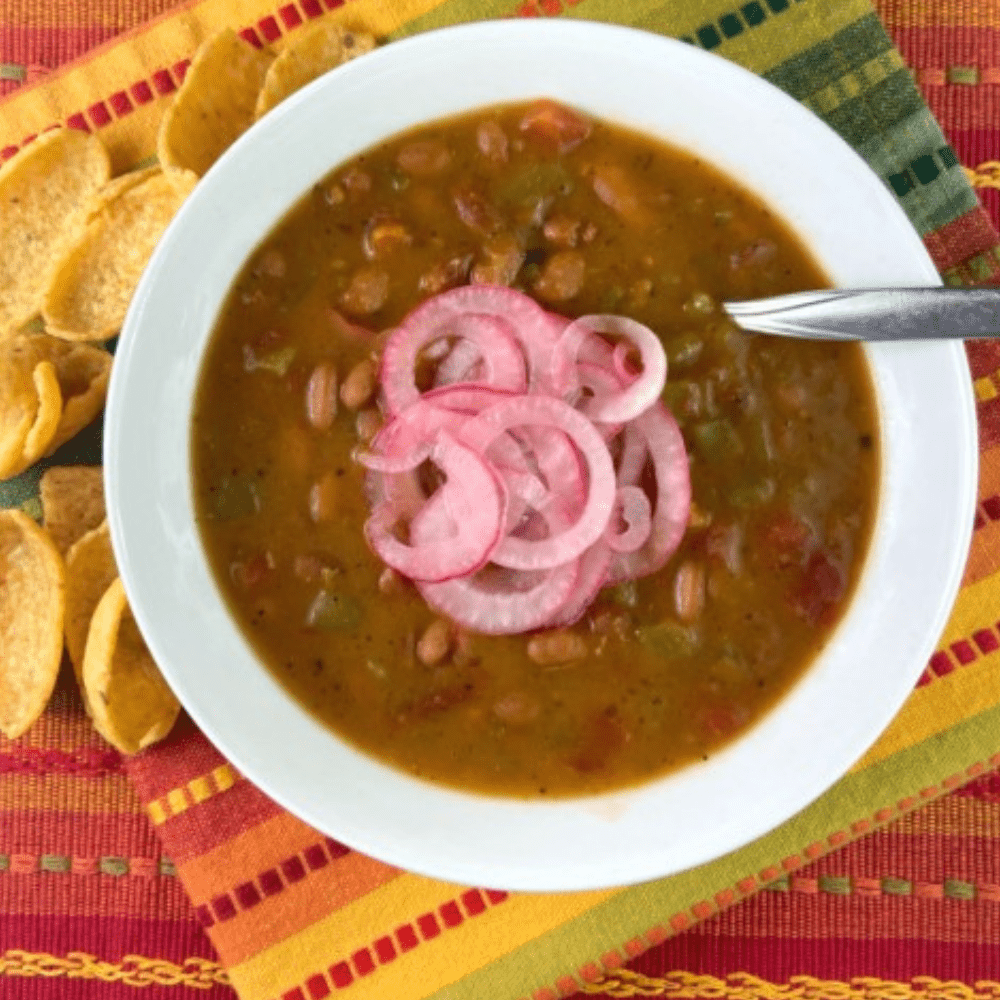
Garnish soups or stews with a spoonful of pickled onions to add brightness.
Grilled Meats
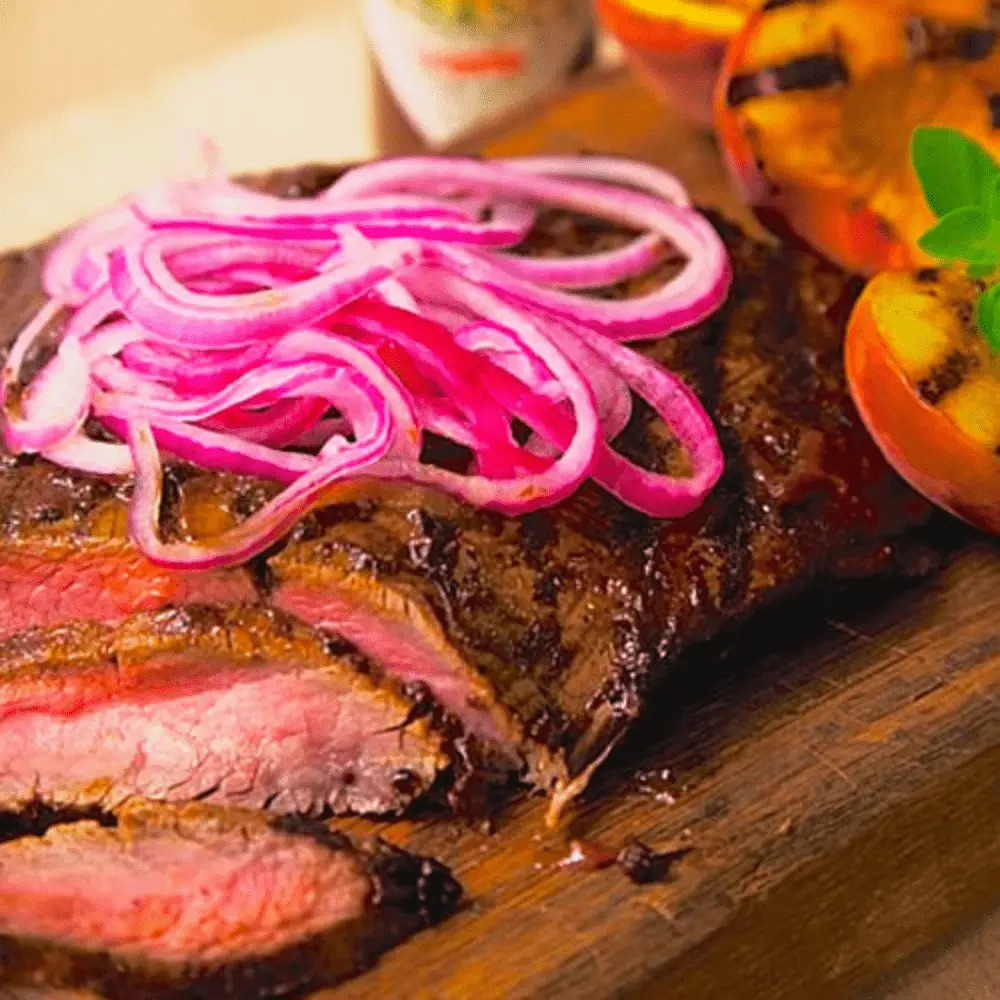
Serve pickled onions alongside grilled chicken, steak, or fish to cut through the richness.
Sandwiches and Wraps
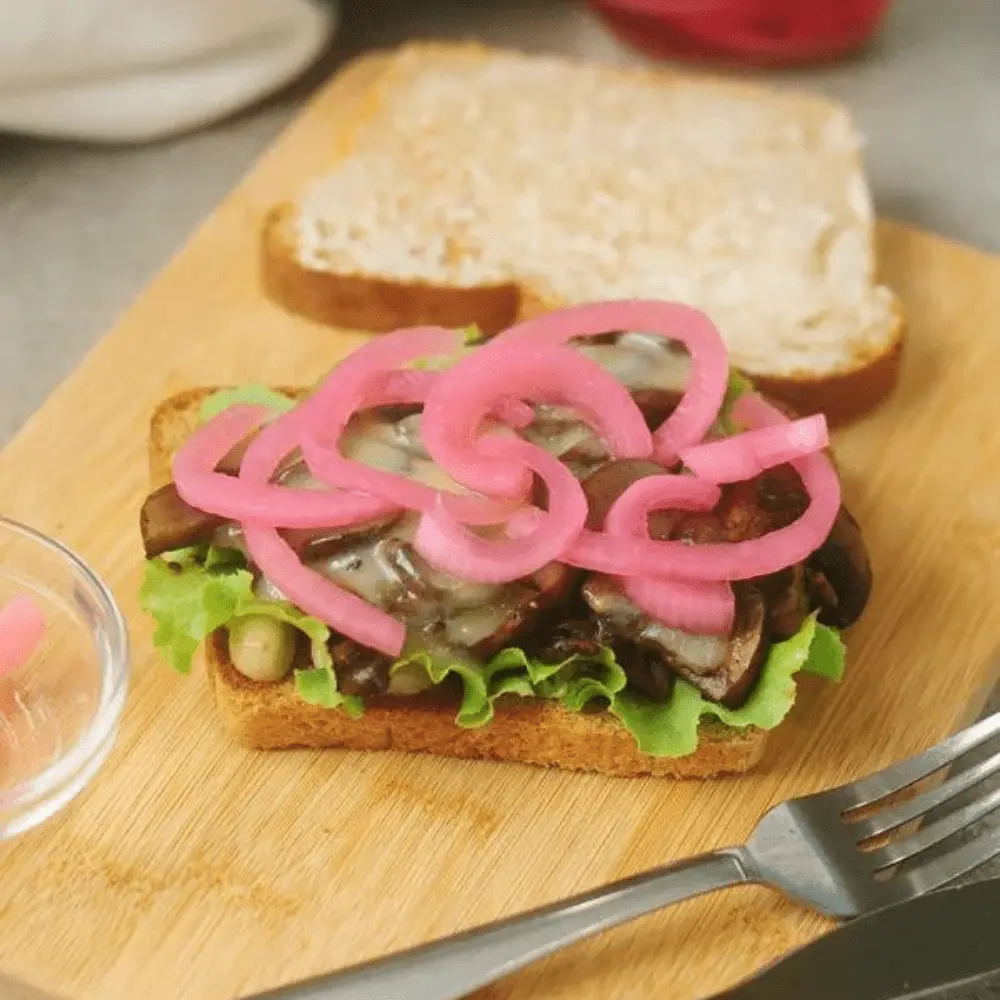
Layer pickled yellow onions in your sandwiches or wraps for a zesty kick.
Salads
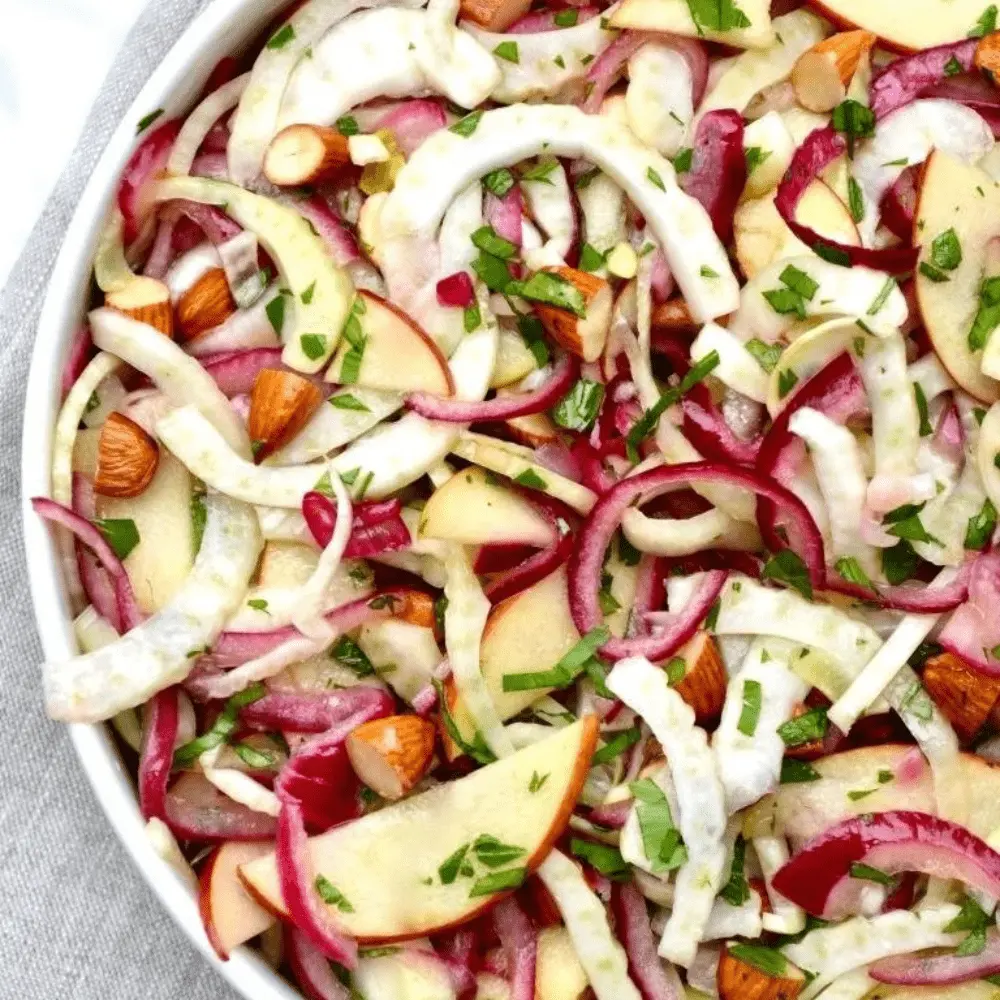
Toss pickled onions into salads for a refreshing and tangy twist. They pair well with greens, tomatoes, and feta.
Tacos
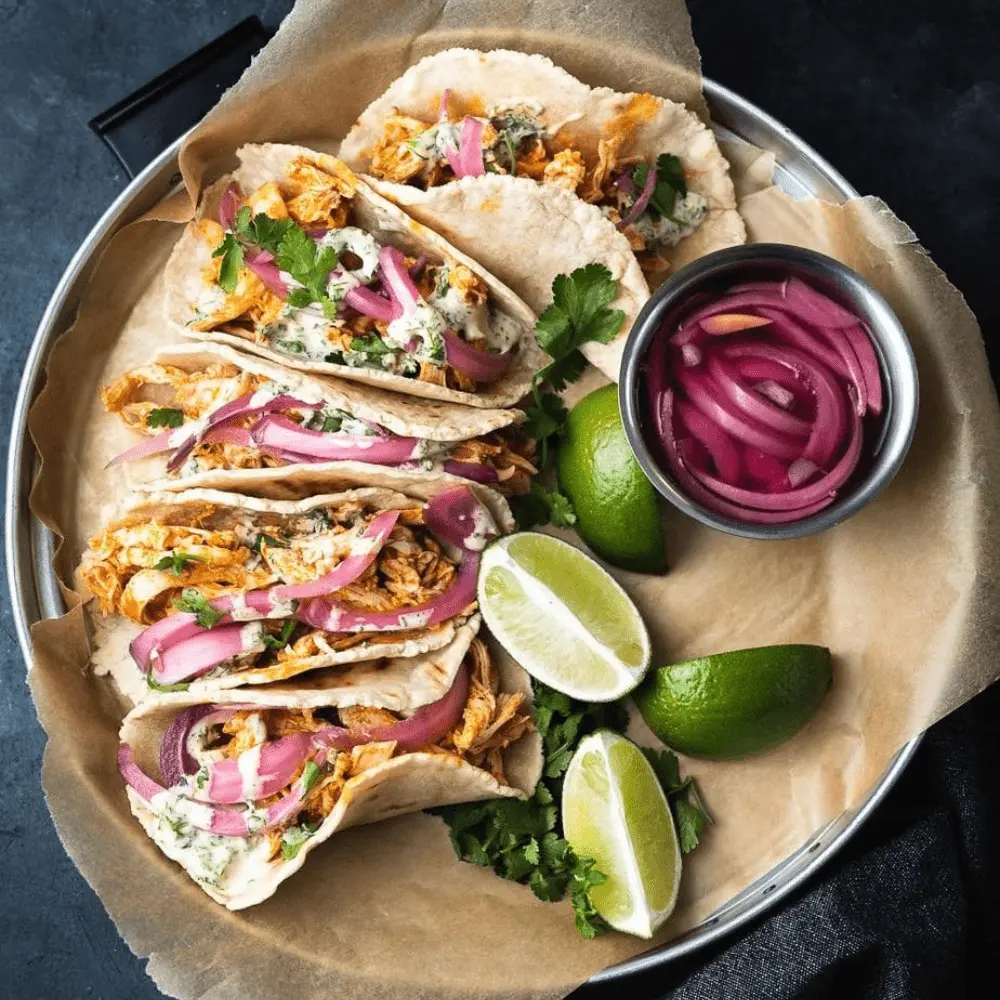
Sprinkle pickled onions over your favorite Mexican dishes to elevate the taste.
Hot Dogs
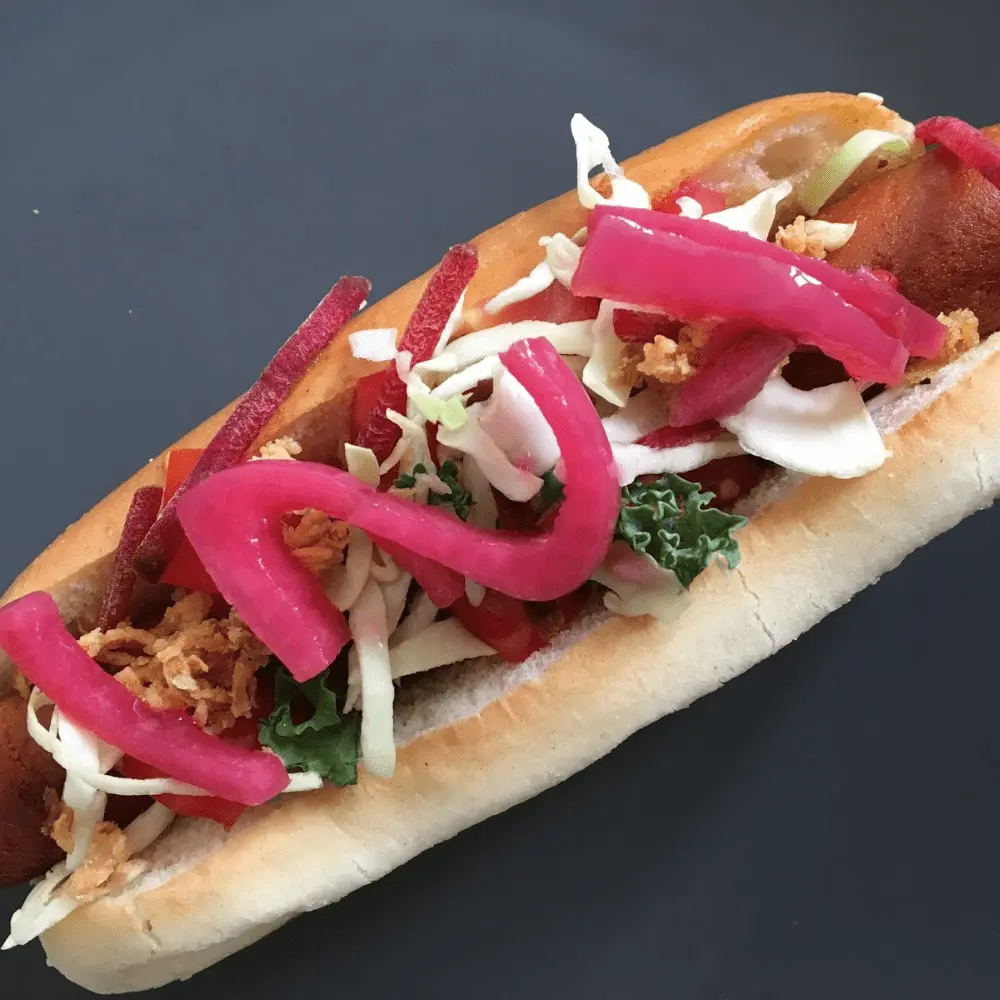
Upgrade your hot dogs by adding pickled onions for a burst of flavor.
Avacado Toast
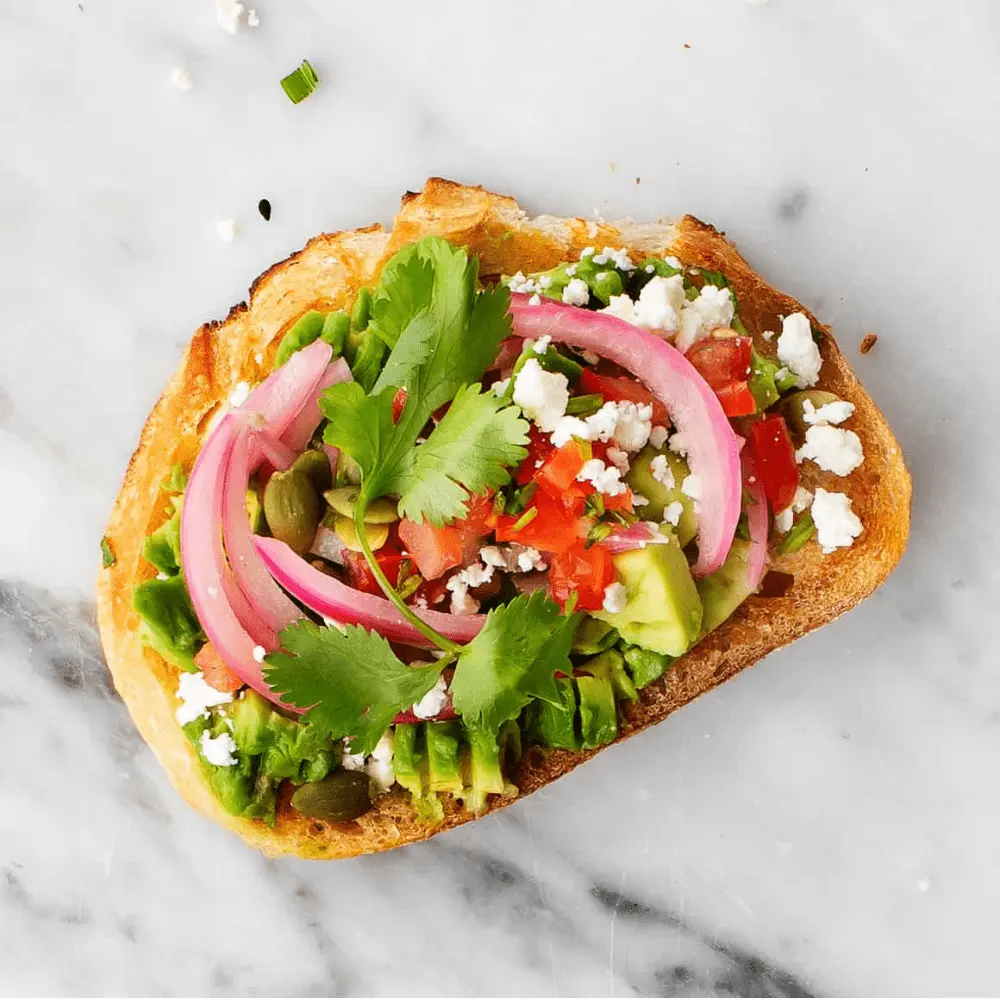
Top your avocado toast with pickled onions to add acidity and crunch.




